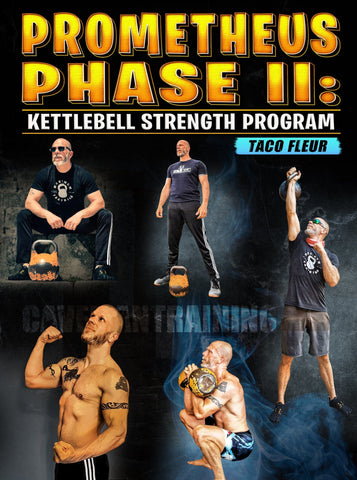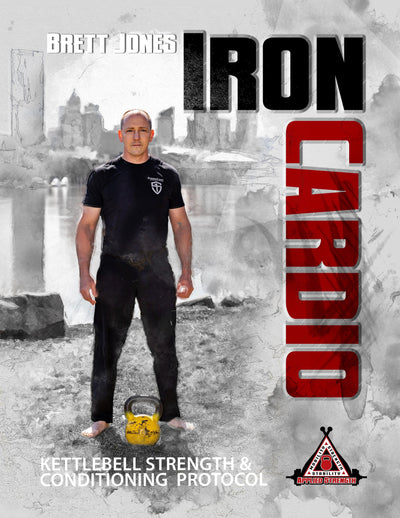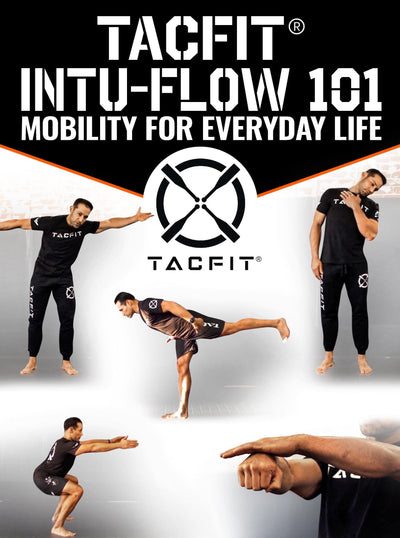Kettlebell High Pull Muscles Worked
The kettlebell high pull is a dynamic and powerful exercise that targets several key muscle groups, making it an effective addition to any strength training or functional fitness routine. This exercise primarily engages muscles in the upper body, posterior chain, and core. By incorporating the kettlebell high pull into your workout regimen, you can promote muscle development, improve explosive power, and enhance overall functional strength. So, what muscles do kettlebell high pulls work?
What this article covers:
- Upper Back Muscles
- Deltoids and Rotator Cuff
- Core and Stabilizer Muscles
- Hip Extensors
- Forearms and Grip Strength
- Kettlebell High Pull
- Kettlebell Pullover
- Kettlebell Pull Exercises
- Pull Throughs and Kettlebell Swings
- Kettlebell Plank Pull Through
Upper Back Muscles
The kettlebell high pull places significant emphasis on the upper back muscles. As you explosively pull the kettlebell upward, your trapezius muscles, particularly the middle and upper portions, are heavily engaged. These muscles help elevate and retract the shoulder blades, contributing to the upward pull of the kettlebell. Additionally, the rhomboids play a role in stabilizing the scapulae during the movement, promoting good shoulder mechanics.
Deltoids and Rotator Cuff
The deltoid muscles, located on the shoulders, are also activated during the kettlebell high pull. The lateral and anterior deltoids assist in lifting the kettlebell, while the rotator cuff muscles work to stabilize the shoulder joint and prevent excessive rotation. Proper form is crucial to ensure that these muscles are engaged correctly, helping to prevent strain or injury.
Core and Stabilizer Muscles
The core muscles, including the rectus abdominis, obliques, and transverse abdominis, are integral to maintaining stability and control throughout the kettlebell high pull. These muscles are engaged to counteract the rotational forces that the movement can generate. The lower back muscles, such as the erector spinae, also contribute to stabilizing the spine during the exercise, ensuring proper alignment and reducing the risk of injury.
Hip Extensors
The kettlebell high pull involves a rapid hip extension to generate power and lift the kettlebell. This movement heavily recruits the gluteus maximus and hamstrings, which are the primary hip extensor muscles. The explosive extension of the hips generates force that propels the kettlebell upward, simulating the movement pattern often seen in athletic activities like jumping and sprinting.
Forearms and Grip Strength
To control and manipulate the kettlebell during the high pull, your forearms and grip strength come into play. The muscles in the forearm, including the flexors and extensors, are responsible for gripping the kettlebell handle firmly throughout the movement. Regular practice of the kettlebell high pull can contribute to improved grip strength, which has benefits beyond this exercise, such as enhancing performance in various other lifts and activities.
Kettlebell High Pull
The Kettlebell High Pull is a dynamic kettlebell exercise that involves an explosive movement to lift the kettlebell from a lower position to chest level. This exercise primarily targets the upper back muscles, including the trapezius and deltoids, while also engaging the core and hip extensor muscles. It's a powerful movement that can help improve upper body strength, shoulder stability, and overall athleticism.
Kettlebell Pullover
The Kettlebell Pullover is an exercise that focuses on the chest, upper back, and core muscles. In this exercise, you lie on your back and hold a kettlebell with both hands. Keeping a slight bend in your arms, you lower the kettlebell behind your head and then lift it back up over your chest. This movement engages the latissimus dorsi, serratus anterior, and pectoral muscles. The Kettlebell Pullover can enhance upper body flexibility and contribute to a well-rounded strength training routine.
Kettlebell Pull Exercises
Kettlebell pull exercises refer to a variety of movements that involve pulling a kettlebell in different ways to target various muscle groups. These exercises often engage the muscles of the back, including the upper back, lower back, and lats, as well as the core and grip muscles. Examples of kettlebell pull exercises include rows, high pulls, and pull-throughs. These exercises are valuable for building strength, improving posture, and enhancing functional fitness.
Pull Throughs and Kettlebell Swings
Pull Throughs and kettlebell swings are a great combination of exercises. Pull Throughs with a kettlebell are an exercise that targets the posterior chain muscles, including the glutes and hamstrings. In this movement, you use a hip hinge motion to reach through your legs and grab the kettlebell, then powerfully extend your hips to swing the kettlebell forward. Kettlebell Swings, on the other hand, involve a similar hip-hinging motion but focus on generating momentum to swing the kettlebell to chest height. Both exercises improve hip power, strengthen the lower back, and enhance cardiovascular conditioning.
Kettlebell Plank Pull Through
The Kettlebell Plank Pull Through is a challenging core exercise that also engages the shoulders and stabilizing muscles. Starting in a high plank position with a kettlebell beside you, you reach under your body with one hand to grab the kettlebell and pull it to the opposite side. This exercise challenges your core's ability to resist rotation while also improving shoulder stability and grip strength. The Kettlebell Plank Pull Through is an effective way to work on anti-rotation strength and overall core stability.
Incorporating these kettlebell exercises into your workout routine can provide a well-rounded approach to strength, stability, and functional fitness. Remember to start with appropriate weights, focus on proper form, and gradually progress as your strength and confidence increase. If you're new to these exercises, consider seeking guidance from a fitness professional to ensure you perform them safely and effectively.
Incorporating the kettlebell high pull into your workout routine can lead to well-rounded muscular development and improved functional fitness. As with any exercise, it's essential to start with a manageable weight, focus on proper form, and progress gradually as you build strength and confidence. If you're new to kettlebell training or unsure about your form, seeking guidance from a qualified fitness professional is recommended to ensure you perform the exercise safely and effectively.
Did you find the blog helpful? If so, consider checking out other guides:
- Kettlebell Swing Push or Pull
- Kettlebell Split Squat
- Overhead Squat with Kettlebells
- Double Kettlebell Squat
- Pistol Squat on Kettlebell
- Kettlebell Squat Clean
- Kettlebell Squats Muscles Worked
- Kettlebell Bulgarian Split Squat
- Kettlebell Jump Squats
- Hack Squat Kettlebell
- Kettlebell Squat Variations
- The Kettlebell Rack Squat
- Kettlebell Squat to Press
- Kettlebell Curls
- Kettlebell Hammer Curl





